Class VII Social Science Lesson Plan – Activity Based
Class VII Social science lesson plan helps you to plan your syllabus well in advance. You are more focused if you have a social science lesson plan at the beginning of the session. You can easily use teaching aids and conduct tests if you have social science lesson plan with you. Class seventh social science is based on concepts, therefore for better interaction with students, class VII social science lesson plan is must. Many new teachers face problems in designing the Class VII social science lesson plan during their initial years.
This post mainly deals with a detailed Class VII social science lesson plan. Hope, Social science lesson plan helps all social science teachers teaching in class VII. Here, I have tried to include objective, specific objective, method of teaching, teaching aids, activities, home-work plans, learning outcomes, and remedial measures in my social science lesson plan for class VII.
Class VII Social Science Lesson Plan For The Month Of June-July With Classroom Activities
Class VII Social Science Lesson Plan – Activity Based
Topics to be covered:
Geography:
- Chapter 1 Environment
History:
- Tracing Changes Through A Thousand Years
- New Kings and Kingdoms.
Political Science:
- Chapter 1 On Equality
__________________________________________________________________________________________________
Class VII Social Science Lesson Plan – Activity Based
Chapter 1 Environment
Specific Objective:
- To know what factors make up an environment.
- How do these things impact our life?
Teaching Method
Teaching aids: Text Book, Black Board, Images and PPT
Technique: Interactive with common examples.
The teacher uses various methods to make the topic interesting by interacting with the children in the class.
By asking very simple questions, the teacher draws the attention of the class.
Also make sure that the children are involved in the discussion.
While interacting with the students, the teacher also tells about the components of the environment.
In due course of time the teacher discusses about the physical environment, Human environment and ecosystem.
Content/ Teaching Points:
- Definition of environment.
- Components of environment –
- Natural – Lithosphere, Hydrosphere, Atmosphere, Biosphere
- Human and Human made.
- Ecosystem.
Activity:
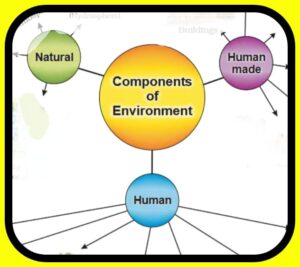
Components of environment: Social Science Lesson Plan Class Vii
The teacher displays a chart and asks the students to write
any three examples of Natural environment, Human environment and
four examples of Human made environment.
After 10 minutes, the teacher asks the students to interchange their notebooks.
Now, correct it and award marks out of 10.
Class work:
i) Objective and short answer type questions will be done.
ii) Long answer type questions will be discussed and done in the class.
Home-work:
Draw or paste the pictures of any two things which are found on
a) Lithosphere
b) Hydrosphere and
c) Atmosphere.
Values imparted:
Love, compassion, tolerance and justice for our environment are the values to be nurtured so that all forms of life and the bio-diversity on this earth is protected.
Integrated learning:
Integrating with Sanskrit. Read and write any five sentences on “वसुधैव कुटुम्बकम”
“The world is one family”
Learning Outcome:
After the completion of this chapter, students will be able to
- Define environment.
- list the key components of environment.
- identify the threats to the environment.
Remedial Measure:
Each One – Teach One.
Children sitting on the left side of the row will explain the chapter to the children sitting on their right.
Note: For better understanding of the chapter in simple language, notes and NCERT solutions click on the link NCERT NOTES OF CHAPTER ENVIRONMENT given. Hindi medium students can click on this भूगोल पाठ १ पर्यावरण link.
_____________________________________________________________________________________________________________________________________________________
Class VII Social Science Lesson Plan – Activity Based
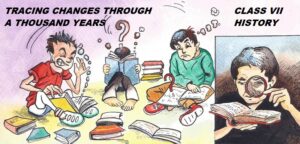
Social Science Lesson Plan – Class VII
Chapter
- Tracing Changes Through A Thousand Years
Specific Objective:
- To know about the changes which took place in last thousand years.
- Familiarize students with the changing names of the land of India.
- To know about the sources Historians used.
- How do these things impact our life?
Teaching Method
Teaching aids: Text Book, Black Board, Images and PPT
Technique: Interactive and story telling.
The teacher shows the image of a famous personality when he was born, in school, college, marriage, as a mature celebrity and old stage and asks the children that do they notice any change at different stages of life.
Similarly, change is a natural process and things change with time.
The teacher also shows some old coins, hand written old documents (manuscripts), old dresses, old cars, buildings etc.
Also discusses about the problems faced by the historians.
Imagine, if you have friends with poor handwriting and if you have ever tried to copying their notes, you know that it is not an easy thing to do.
You get irritated and copy wrong words which may even change the meaning of the sentence.
Content/ Teaching Points:
- Introduction of Arab and French cartographer.
- New and old terminologies.
- Historians and their source
- New social and political groups.
- Regions and Empires.
- Old and new religions.
- Thinking about time and Historical periods.
Activity:
Group activity:
First, the teacher will divide the class into four groups.
Children of group 1 will make a model of a Persian wheel using ice cream sticks.
Group 2 will find about foods and beverages in India.
Third group will draw a map of classroom.
Group 4 will write 10 Hindi words which have been replaced by English words and are not very commonly used e.g. विद्यालय is replaced by school.
Class work:
i) Objective and short answer type questions will be done.
ii) Long answer type questions will be discussed and done in the class.
Home-work:
- Find out what documents are maintained at your home. Who maintains these records? What kind of documents are stored? What is the use of such documents?
- Find out why India was mostly attacked from the North-Western part?
Values imparted:
Develops better understanding of the world.
Respects diversity and develops understanding of Historical events.
Accepts change in a positive way.
Integrated learning:
Integrating with Hindi: Write a “प्रशस्ति पत्र” in Hindi, praising your President, Prime Minister or Chief Minister.
Learning Outcome:
After reading this chapter, children will
- understand the importance of periodization.
- acquire knowledge about different source materials.
- understands the importance of maintaining records.
Remedial Measure:
Pair and Share.
Children who missed the class or could not understand any particular topic will pair with another student to understand the concept.
_________________________________________________________________________________________________________________________________________________
Class VII Social Science Lesson Plan – Activity Based
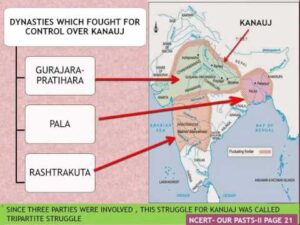
New Kings and Kingdoms., Courtesy NCERT Text Book
Chapter 2
New Kings and Kingdoms.
Specific Objective:
To know about our past from 7th to 12th century.
To trace the patterns of Political developments of the Gurjara Pratiharas, Rashtrakutas, Palas, Cholas etc.
Develop a better understanding of the connections between Political and economic progress.
to understand how inscriptions were used to reconstruct History.
Teaching Method:
Teaching aids: Text Book Images PPT’s and short videos.
Technique: Story telling
The teacher asks the students about the Mughal empires in the reverse order to introduce the topic.
Asks the students about the kings and kingdoms from 7th century to 12th century.
With the help of Political map of India, the teacher tells about the regions of Gujara-Pratiharas, Rashtrakutas, Palas, Cholas and Chahamanas.
In the form of story, the teacher describes about rich landlords, samanthas, rituals like Hiranya-garbha.
Discusses about the administration, warfare for wealth, military power, economic condition etc.
Content/ Teaching Points:
- Introduction
- The emergence of New Dynasties.
- Administration in the Kingdom.
- Prashastis and Land Grants.
- Warfare for wealth
- Chola Administration
Activity – 1:
- The teacher divides the class into 4 groups.
- Each group will be given one topic 1. Gujara-Pratiharas, 2. Rashtrakutas, 3. Palas, and 4. Cholas
- Every group will be given 20 minutes to read, discuss and note down the key points.
- After 20 minutes, the teacher asks any one person from the group to explain the major key points.
Skills Developed:
- Understanding of the topic
- Interaction and learning
- Thinking, speaking and analyzing.
Assessment Criteria:
- Knowledge and understanding of the topic
- Presentation
- Involvement and
- Accuracy
Activity – II
Name of the activity:
Quiz on New kings and kingdoms.
The class is divided into 4 groups.
Each group will be asked questions.
For correct answer 5 points will be awarded.
If any group is unable to give the correct answer within 60 seconds, the question will pass to the next group.
3 bonus points for the correct answer by the other group.
Assessment Criteria:
It will be an activity for revising the chapter.
Therefore, it will not be assessed.
Class- Work:
- Every question given in the textbook will be discussed and done.
- Extra questions from the chapter will be given to the students from the chapter.
Home Work: Map activity
In an outline map of India, mark each of the following Historical places.
i) Thanjavaur
ii) Delhi
iii) Ajmer
iv) Kanauj
v) Kamrupa
Values Imparted:
Develops better understanding of the past.
Respects diversity and develops understanding of Historical events.
Accepts change in a positive way.
Learning Outcome:
After reading this chapter, children will
- understands about the Administration.
- acquire knowledge about different sources of tax collection.
- understands the architectural styles of forts.
Remedial Measure:
By giving extra time and personal attention to the slow learners.
Discussing difficult concepts in small groups.
Class VII Social Science Lesson Plan For The Month Of June-July With Classroom Activities
____________________________________________________________________________________________________________________________________________________
Class VII Social Science Lesson Plan – Activity Based
Chapter 1 – On Equality
Specific Objective:
- To promote and accept the differences between people.
- Encourage pupils to think bigger and wider.
- To help each people achieve their full potential.
Teaching Method
Teaching aids: Text Book Images PPT’s and short videos.
Technique: Play way method.
The teacher enters the class with a bowl with some chits in it.
Picks up one chit and read the instance written on it.
Picks up next and reads all five instances.
- The teacher tells about a cricket match where the umpires were not fair.
2. Two children did not complete their home work but one was scolded and the other one was excused just because his father was rich and powerful.
3. The only girl in the class was very much interested in playing cricket but the boys refused to take her in their team.
4. A business man while dealing with his servant and with his customer, his tone changes.
5. Delhi college students beat a boy from North East India thinking him to be a Chinese because of his looks.
By narrating these incidences, the teacher introduces the topic to the class.
Content/ Teaching Points:
- Equality in Indian Democracy.
- Equal right to vote with universal adult franchise.
- Recognizing dignity.
- Equality in Indian Constitution.
- Issues of equality in other democracies with civil rights movement
Activity:
Name of the activity: What is your opinion?
It will be a group activity.
First, the teacher will divide the class into 5 groups.
Next, each group gets any one chit.
Children of each group will get 10 minutes time to discuss.
Further, After 10 minutes, any one representative from that group will share the opinion.
Teacher and group leaders will judge and award marks on understanding, presentation and language and discipline.
Class work:
i) Group discussion on the topic “Social inequality only lies in India”
ii) The teacher discusses all Objective and short answer type questions.
Home-work:
Read the book “Joothan”.
Values imparted:
Firstly, Respecting Indian constitution.
Appreciating the role of our leaders in making the Indian constitution.
Respects dignity and equality.
Integrated learning:
Integrating with Hindi and English.
Write a letter to the editor in Hindi/English), supporting or opposing the view that “midday meals in schools must continue”.
Class VII Social Science Lesson Plan – Activity Based
Conclusion:
I hope Social Science Lesson Plan of class VII will be of great help to the teachers. Apart from this, this year CBSE has also integrated one state with the other. You can also include it in your Social Science Lesson Plan. To get the idea on this you may click on the following link
Integrating Bihar with Tripura and Mizoram Under Ek Bharat Shreshtha Bharat
Integrating Chhattisgarh with Gujarat – Complete Guidance
Class VII Social Science Lesson Plan For The Month Of June-July With Classroom Activities
Was this lesson plan helpful to you? Write your views in the comment box.
_____________________________________________________________________________________________________________________________________________________

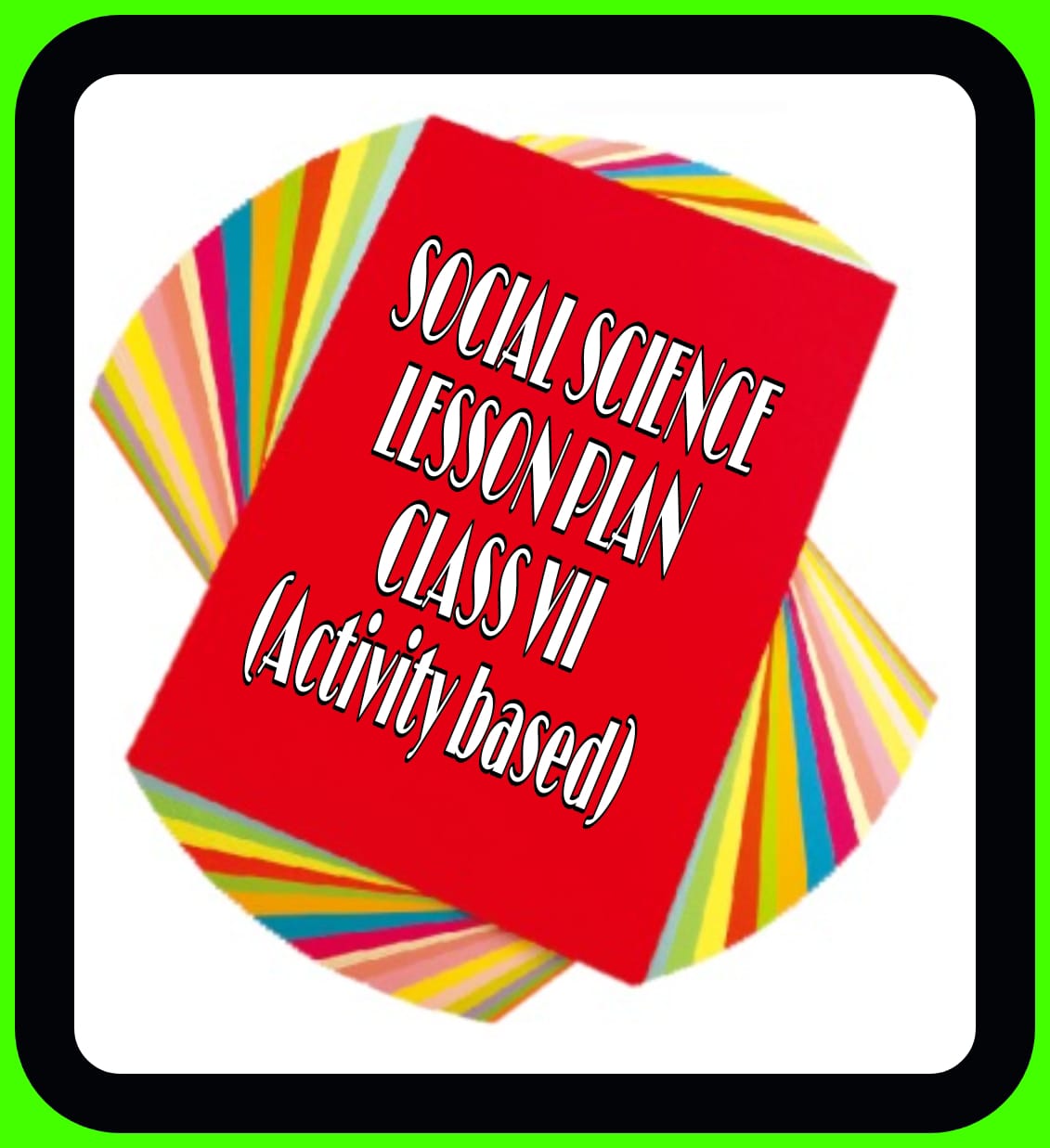
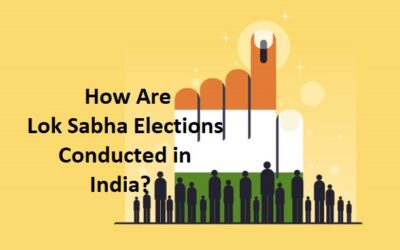
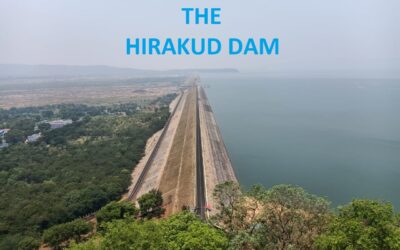
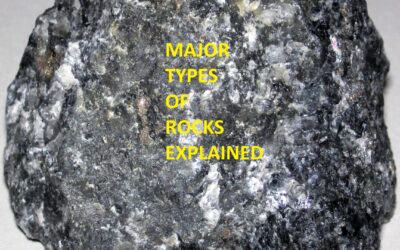
Respected sir,
How to buy this book
Dear Padmashri,
You can visit my website shapingminds.in as and when required for free. There is no such book. It’s just an article to help students and teachers.
Dear Sir, it seems there is no lesson plan on chapter 1 Understanding Diversity, please can you make it available, it would be a great help sir.
Sure. We are working on it. Very soon you will find it on my website. Keep visiting shapingminds.in.
Avinash Sharan.